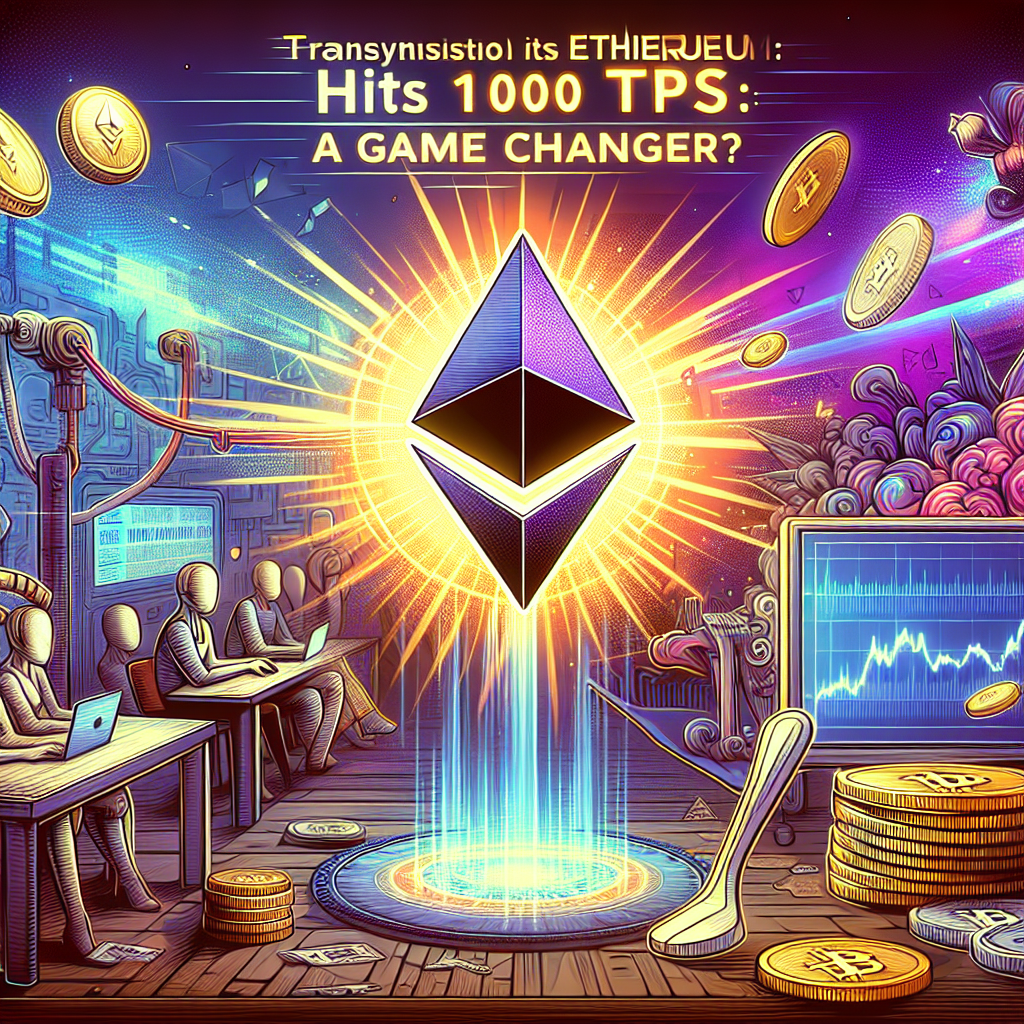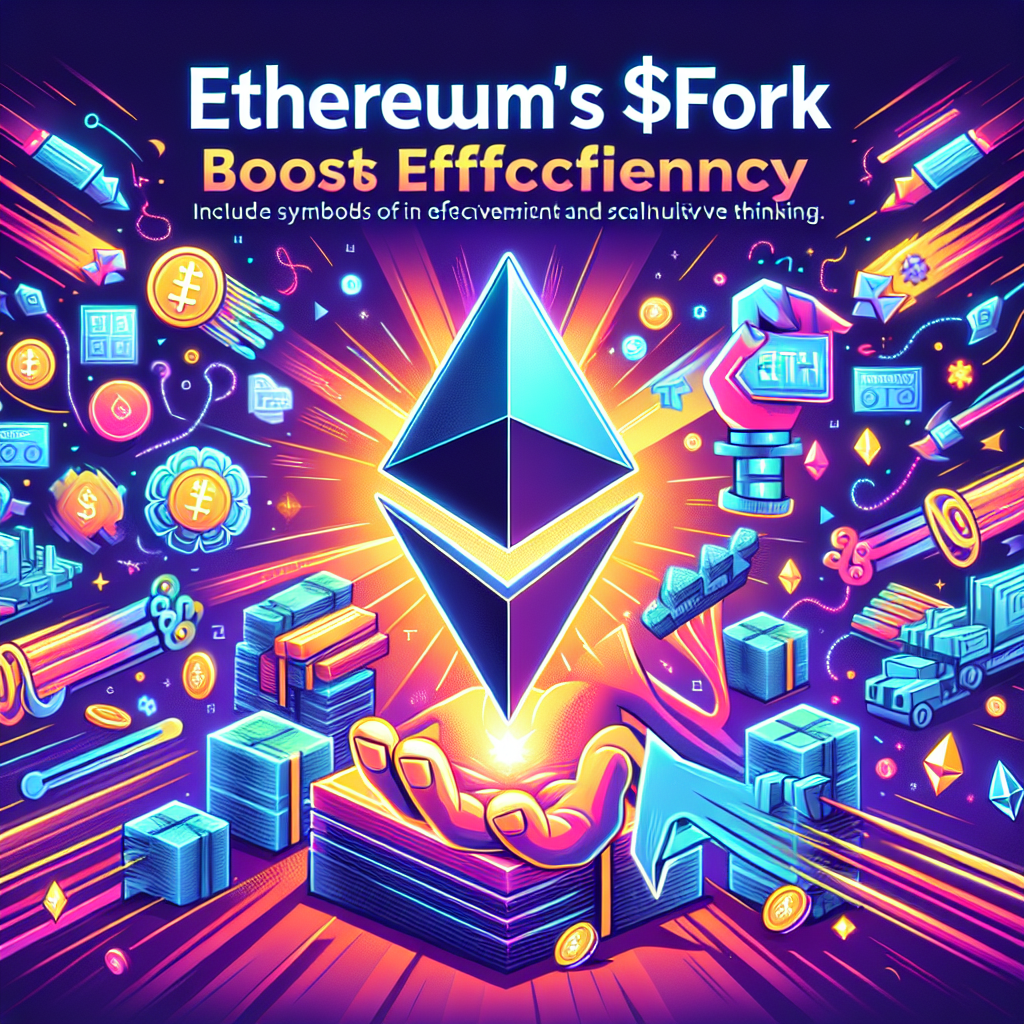Ahoy, crypto comrades! Hold onto your virtual hats because Ethereum ($ETH) has just dropped a new hard fork bombshell that’s stirring more excitement than an airdrop to a wallet address in an underground bunker! It’s Wednesday, folks, and $ETH is rewriting the script once again with its much-anticipated hard fork, aiming to jazz up network efficiency and scalability.
What’s in the Fork?
In this latest ecosystem shakeup, $ETH’s developers have rolled out some new toys in their toolbox. The headline act? Optimized gas fees, which should bring a sigh of relief louder than a bear market rally. For those not fluent in crypto-geek speak, gas fees are the toll you pay for cruising down the blockchain highway. The new fork is designed to lighten this load, ushering in a layer of efficiency that feels like a fresh breeze through a stale market.
The fork also strengthens Ethereum’s underlying architecture, making it even more inviting for DApps (Decentralized Applications) and NFT enthusiasts to hop on board. More efficiency means smaller lines at the transaction toll booth and, for developers, less time gawking at spinning crypto hourglasses.
The Impact on the Ethereum Ecosystem
By turning the network dial to 11 with this fork, $ETH is positioning itself to fend off layer 2 networks that nibble at its heels with promises of better scalability. It’s a strategic move akin to upgrading from a trusty horse to a turbocharged Lambo. Everybody in the $ETH ecosystem—from HODLers to degen DApp builders—stands to benefit.
But let’s not forget: while this fork is snazzy, it’s not a magic carpet ride to “wen moon” territory. It’s a deliberate and strategic upgrade meant to keep the Ethereum ship sailing smoothly across the turbulent crypto seas.
Looking ahead, with $ETH continuously refining its gear, the crypto space might just see Ethereum basking under the spotlight longer than most anticipate.












